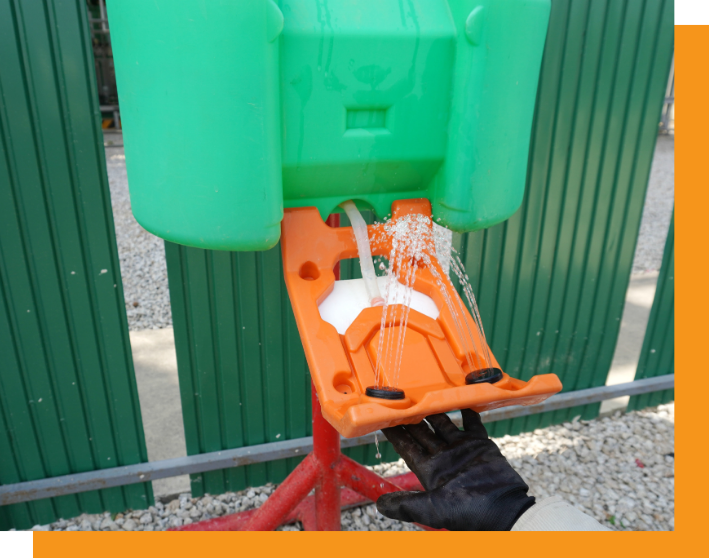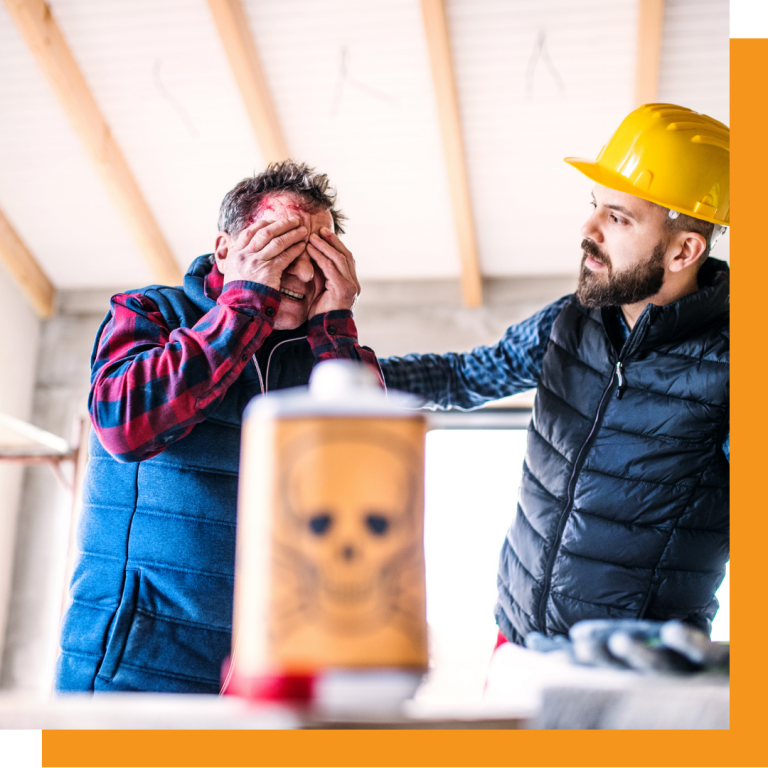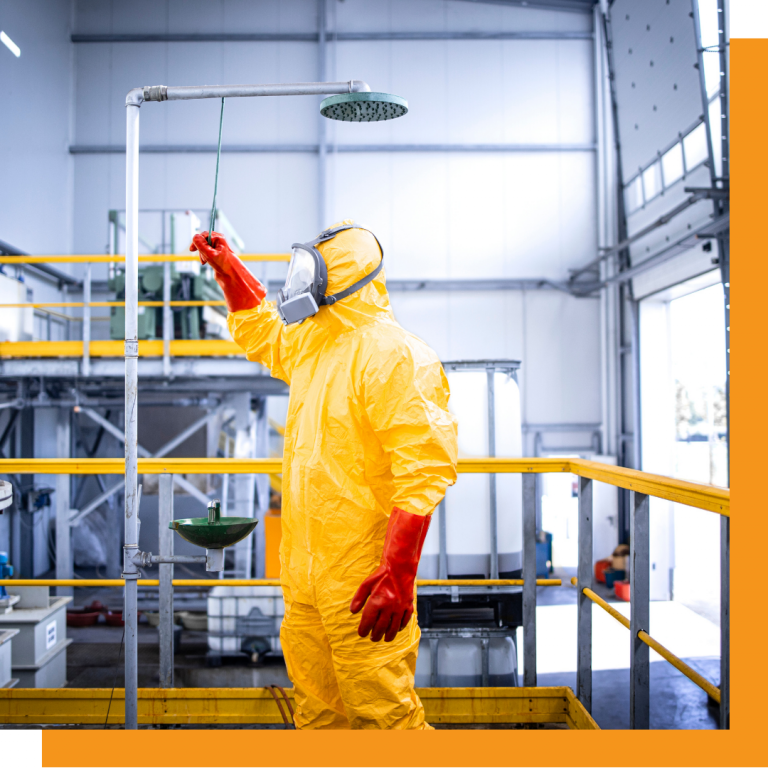
In a recent U.S. Department of Labor’s Occupational Safety and Health Administration (OSHA) investigation, Outdoor Furniture Refinishing Inc., operating as Allied Powder Coating, was found guilty of exposing its workers to over 40 serious safety hazards. This case highlights the critical need for comprehensive safety measures, particularly the importance of workplace safety showers and eyewash stations handling hazardous materials.

In December 2023, OSHA inspectors identified numerous violations at Allied Powder Coating. These included the company’s failure to protect employees from inhalation hazards, maintain proper noise control, provide adequate respiratory protection, and ensure safe handling of toxic substances such as arsenic, beryllium, and lead. The company faces penalties of $338,094 for these violations, which underscore the severe health risks of inadequate safety measures. The chemicals involved can cause congenital disabilities, chronic respiratory diseases, cardiovascular issues, cognitive impairment, and even cancer.

The findings at Allied Powder Coating emphasize the need for accessible and well-maintained workplace safety showers and eyewash stations. These vital facilities are essential in workplaces where employees are exposed to hazardous chemicals that can cause severe injury or long-term health problems.
Accessibility: Workplace safety showers and eyewash stations must be within a 10-second walking distance from hazardous areas. The path to these facilities should be unobstructed to ensure quick emergency access.
Installation Standards: These installations must meet manufacturer requirements regarding water pressure, flow rate, and system testing. The equipment should provide a continuous water flow for at least 15 minutes.
Maintenance and Operation: Regular maintenance is essential to ensure the stations are clean, sanitary, and functioning correctly. Valves should remain open without manual intervention to allow for hands-free operation.
Water Quality and Temperature: The water used should be potable and tepid, avoiding temperature extremes that could further harm the employee.

Portable eyewash stations offer a versatile and practical solution, especially in dynamic or temporary work environments where fixed installations might not be feasible. These units can be strategically placed in high-risk areas, ensuring immediate access to workplace safety showers and eyewash stations.
Food Manufacturing Facility: Authorities fined a facility for not having workplace safety showers and eyewash stations near forklift battery charging areas. Portable eyewash stations could have provided an immediate solution, preventing exposure to corrosive battery acid.
Logistics Facility: The company exposed workers to anhydrous ammonia without providing access to emergency showers. Portable workplace safety showers and eyewash stations near the engine room could have mitigated this risk, ensuring compliance with safety regulations.
Nursery & Garden Center: This facility faced penalties for repeated exposure to hazardous cleaning chemicals. Portable workplace safety showers and eyewash stations would have offered quick and effective emergency response, demonstrating a commitment to worker safety.

Innovations in portable workplace safety showers and eyewash stations focus on enhanced durability, technological integration for maintenance alerts, and water conservation. These advancements will ensure that workplace safety showers and eyewash stations continue to provide essential safety measures and adapt to the evolving needs of modern workplaces.
The case of Allied Powder Coating serves as a stark reminder of the importance of proper safety measures in workplaces handling hazardous materials. Workplace safety showers and eyewash stations are critical in mitigating risks and protecting worker health. Employers must prioritize these installations, ensuring they are accessible, well-maintained, and compliant with safety standards. By doing so, they can prevent severe injuries and avoid substantial penalties, fostering a safer and more compliant work environment.